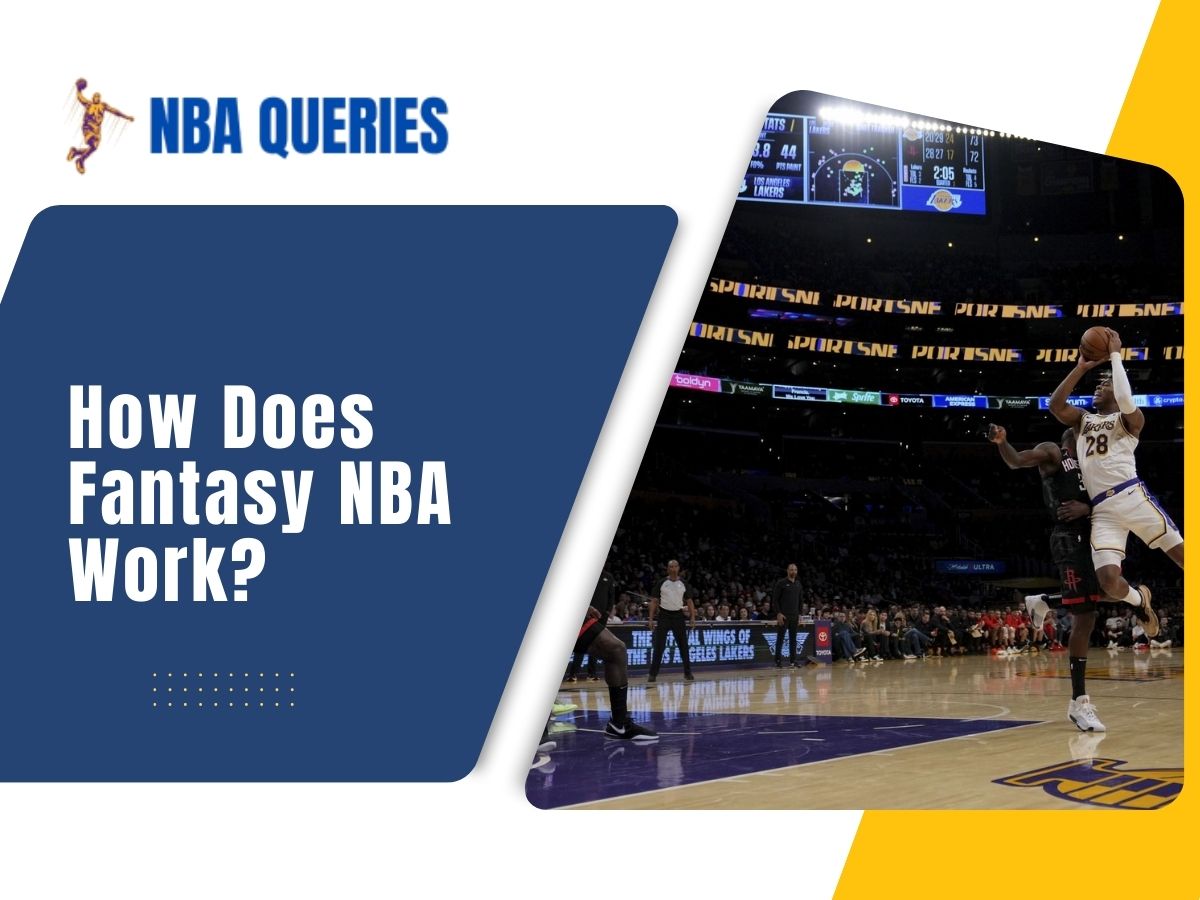Fantasy basketball is a thrilling game that allows fans to immerse themselves in the NBA world, assemble dream teams, and compete against fellow enthusiasts. Whether you’re a seasoned fantasy player or a newcomer, understanding the intricacies of how fantasy NBA works is essential. In this article, we’ll delve into the details, demystify the process, and provide valuable insights for both beginners and veterans.
1. Drafting Your Dream Team
At its core, fantasy basketball mirrors the structure of a real NBA league. Participants begin by forming a team of real-life NBA players through a draft. Here’s how it works:
- Budget Allocation: Each player starts with a fantasy budget (usually $100 million). This budget determines how much you can spend on acquiring players for your roster.
- Player Selection: You’ll choose players from various positions on the court:
- Point Guard (PG)
- Shooting Guard (SG)
- Small Forward (SF)
- Power Forward (PF)
- Center ©
- Pricing Dynamics: Superstar players like LeBron James and Kevin Durant come with hefty price tags, consuming a significant portion of your budget. Meanwhile, role players and benchwarmers are more affordable.
2. Scoring System
Points in fantasy basketball accumulate based on your drafted players’ real-life performances during NBA games. Here’s how the scoring system typically works:
- Positive Stats: Players earn points for various positive contributions:
- Points Scored: Each basket adds to your total.
- Rebounds: Grabbing boards boosts your score.
- Assists: Dishing out assists is valuable.
- Steals and Blocks: Defensive plays contribute points.
- Three-Pointers Made: Beyond-the-arc shots matter.
- Negative Stats: Beware of deductions for:
- Missed Shots: Inaccuracy hurts your score.
- Turnovers: Ball-handling mistakes cost points.
3. Weekly Matchups and Competitions
- Head-to-Head Categories (H2H): You face off against another team each week. Categories like points, rebounds, assists, steals, and blocks determine the winner. Accumulate more category wins to dominate your opponent.
- Rotisserie (Roto): Points accumulate throughout the season. Rankings are based on cumulative stats across all categories. Consistency matters here.
4. Strategic Moves
- Waiver Wire: Throughout the season, players become available on the waiver wire due to injuries, trades, or underperformance. Smart pickups can boost your team.
- Trades: Negotiate trades with other managers. Balance your roster by targeting specific categories or upgrading weak spots.
5. Staying Engaged
- Daily Lineup Changes: Adjust your lineup based on players’ schedules, injuries, and matchups.
- Research and Trends: Stay informed about player performances, injuries, and team dynamics. Analyze stats and trends to make informed decisions.
7. Player Valuation and Trades
- Player Rankings: Fantasy platforms assign value to each player based on their real-life performance. These rankings help you gauge a player’s worth and make informed decisions during drafts and trades.
- Trading Strategies:
- Buy Low, Sell High: Identify players who are underperforming but have potential. Acquire them at a bargain and trade them when their value rises.
- Category Specialists: Target players excelling in specific categories. For instance, if you need more rebounds, trade for a dominant rebounder.
- Positional Balance: Ensure a balanced roster across positions. Don’t hoard too many players from the same position.
8. Injuries and Bench Management
- Injury Reports: Keep an eye on injury updates. An injured player won’t contribute to your fantasy points. Be ready to replace them with a healthy alternative.
- Bench Players: Your starting lineup isn’t the only source of points. Utilize bench players strategically. If a star player has a rest day, your bench player steps up.
9. Weekly Lineup Decisions
- Matchup Analysis: Study your opponent’s roster and adjust your lineup accordingly. If they excel in rebounds, focus on other categories.
- Back-to-Back Games: Some players perform better in back-to-back games, while others struggle. Plan your lineup accordingly.
10. The Thrill of the Waiver Wire
- Sleeper Picks: Scour the waiver wire for hidden gems. Emerging talents or players returning from injuries can boost your team.
- Streaming Strategy: Stream players for specific game days. Pick up players who have favorable matchups that week.
11. Tracking Trends and Analytics
- Advanced Stats: Beyond points and rebounds, delve into advanced metrics like Player Efficiency Rating (PER), True Shooting Percentage (TS%), and Usage Rate (USG%).
- Hot Streaks and Slumps: Ride the hot hand. If a player is on a scoring spree, capitalize on it. Conversely, drop players in prolonged slumps.
12. Championship Run
- Playoffs: Fantasy leagues often have playoffs at the end of the NBA regular season. Strategize for the playoffs by targeting players with favorable schedules.
- Final Push: As the season winds down, monitor player rest days and injuries closely. Every point matters in the race for the championship.
Conclusion
Fantasy NBA is a dynamic game that combines basketball knowledge, strategy, and a dash of luck. Whether you’re aiming for bragging rights among friends or competing in high-stakes leagues, understanding these aspects will elevate your fantasy experience

